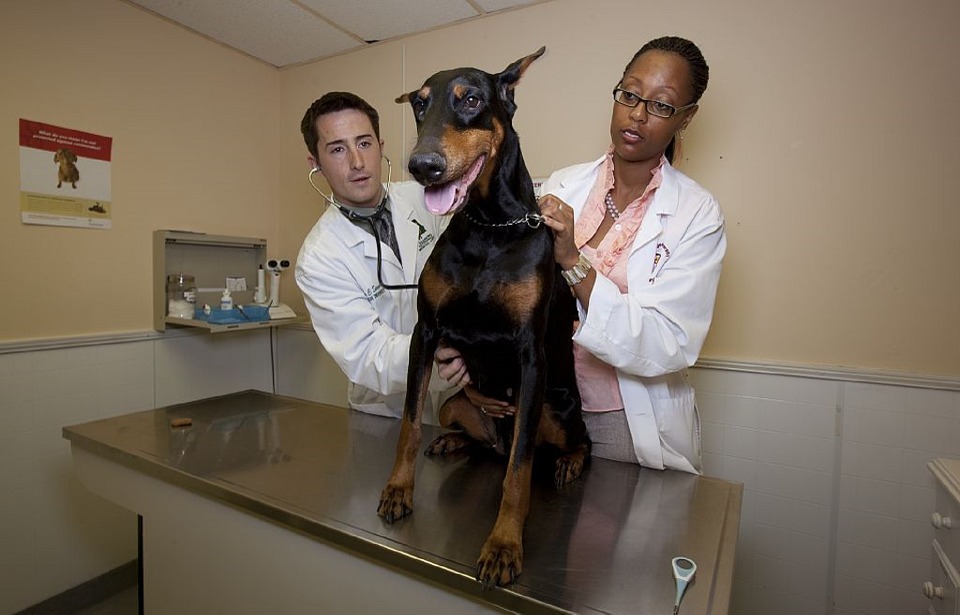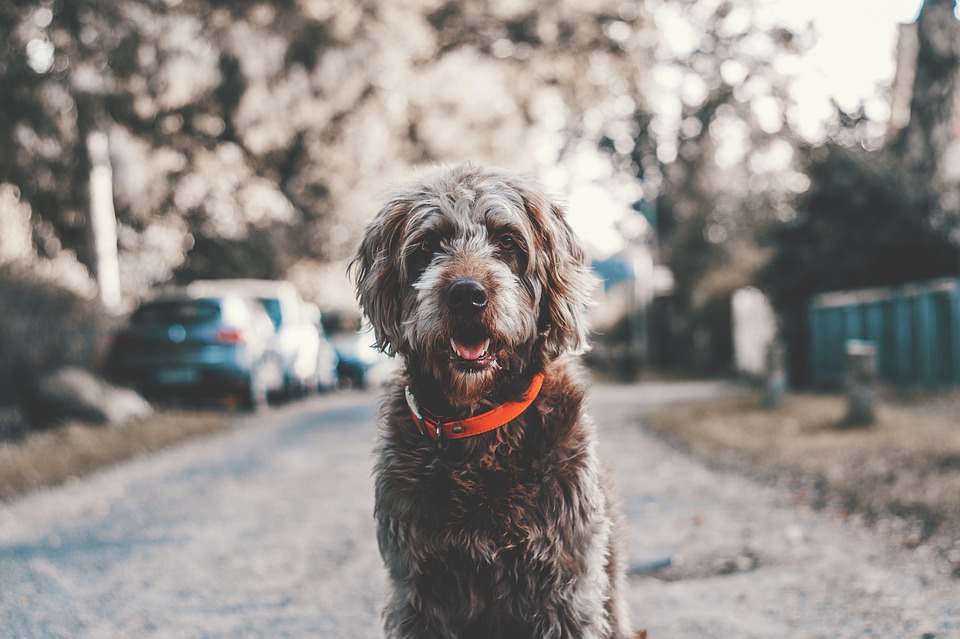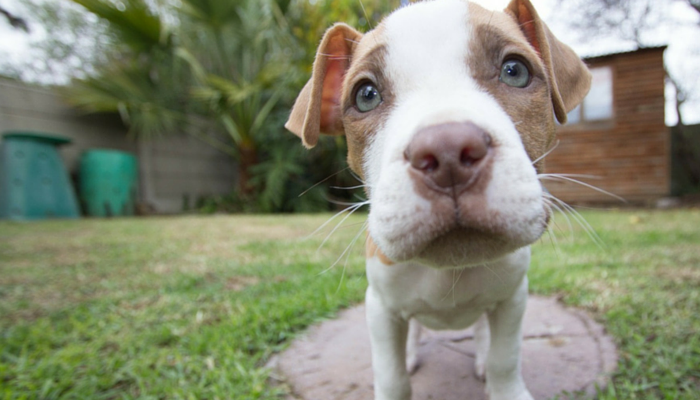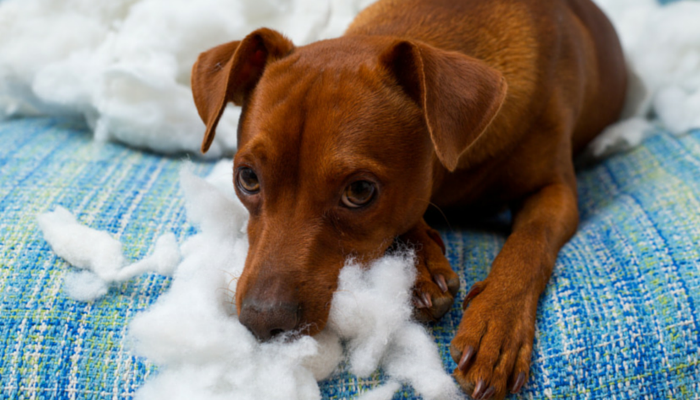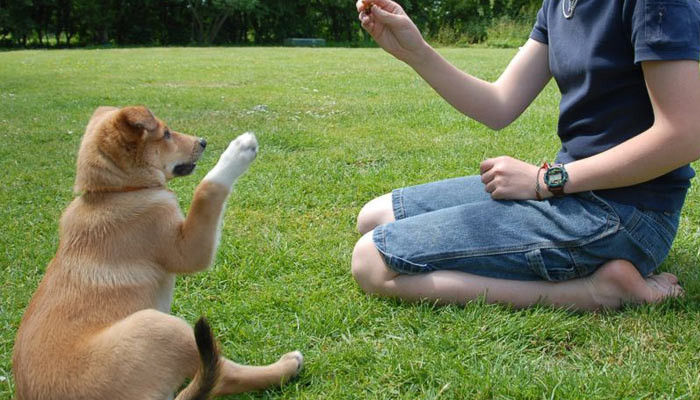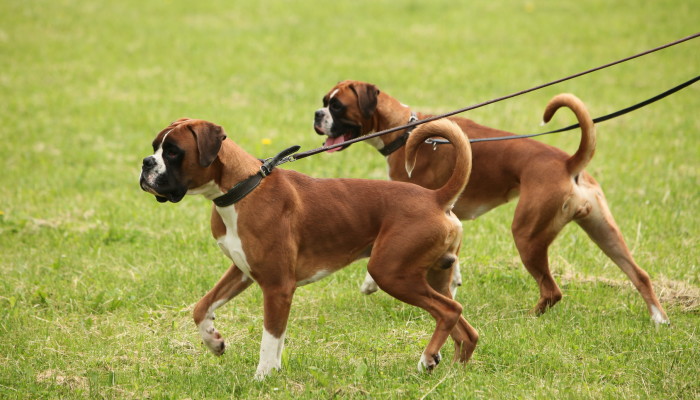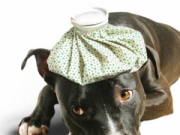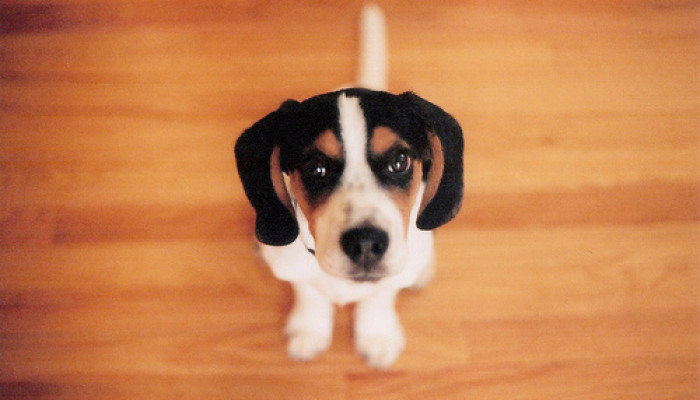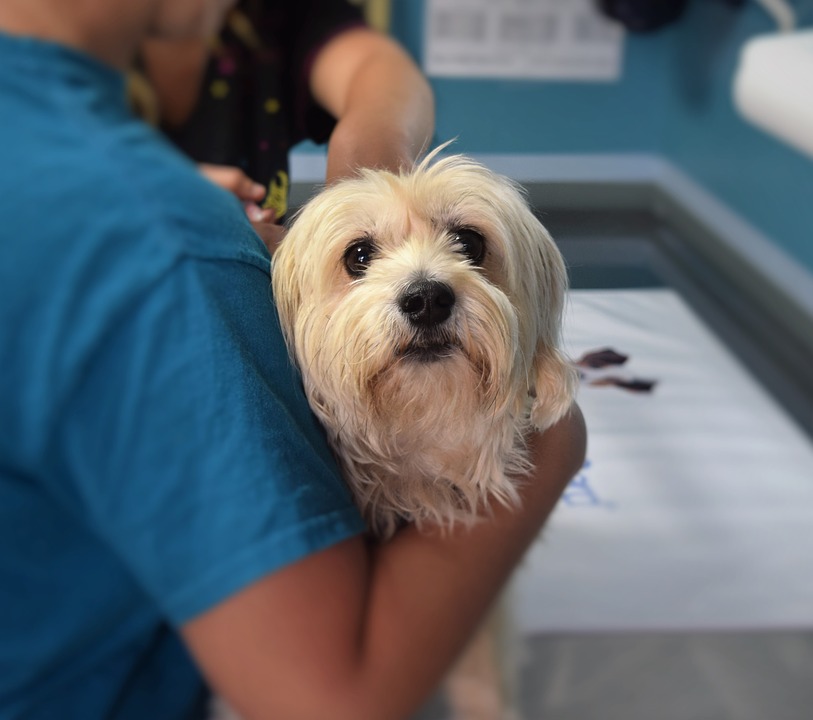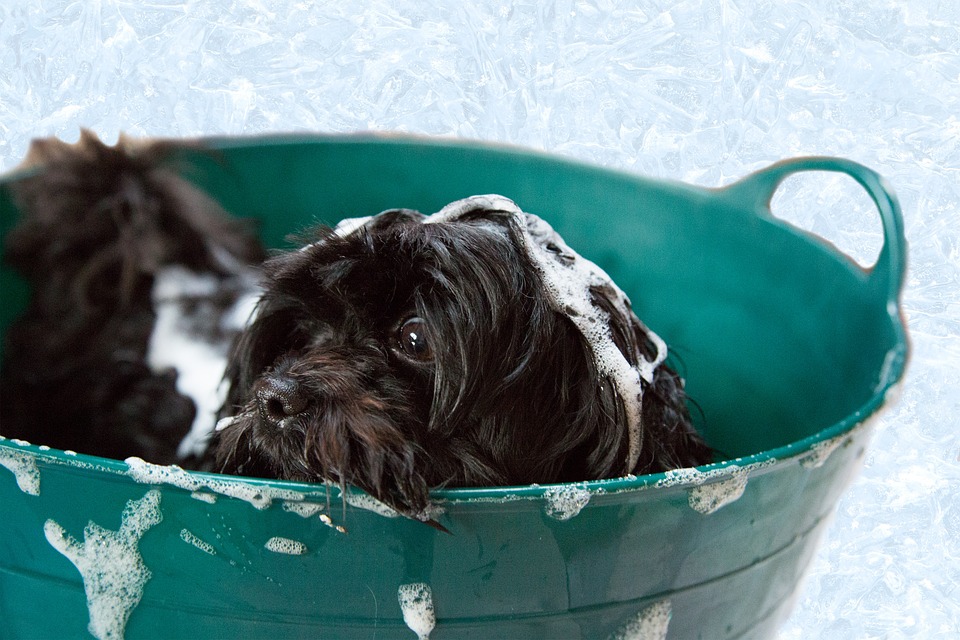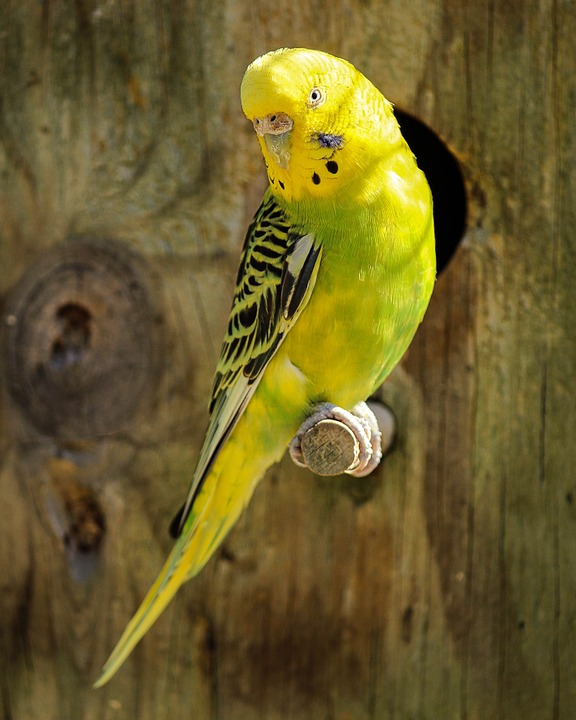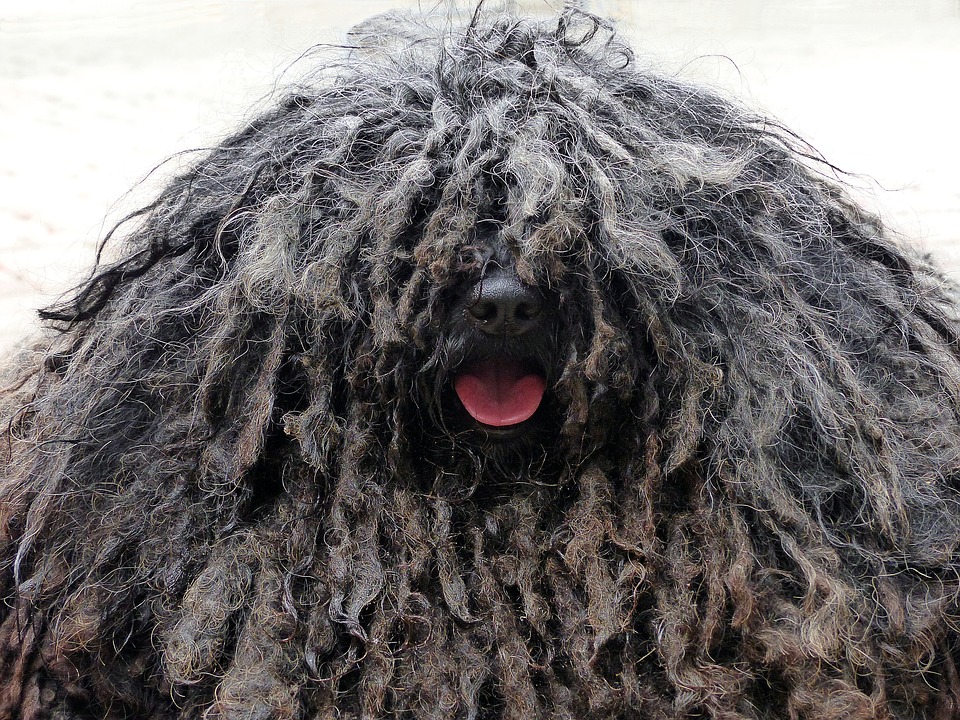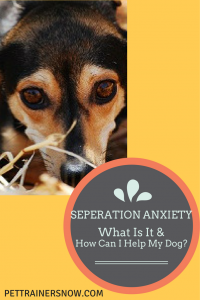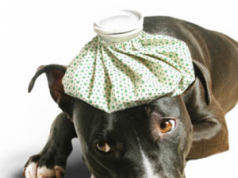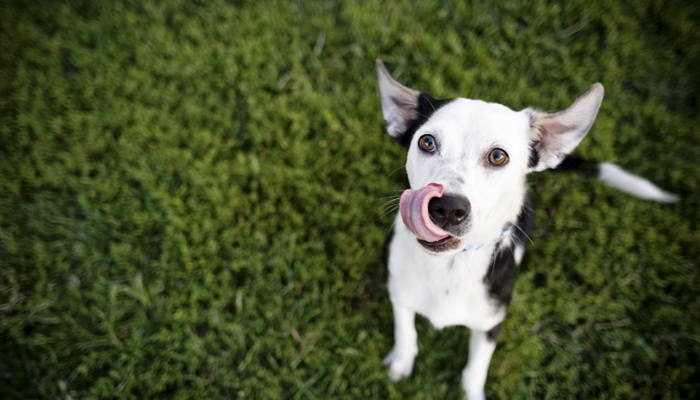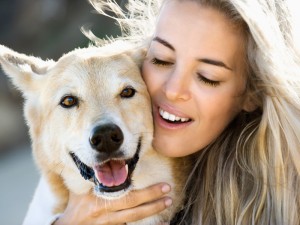
It is normal for your dog to watch from the window as you leave the house; he may even bark or whine. When these behaviors are taken to the extreme, however, it may be a case of separation anxiety. Separation anxiety is a real condition that can be very serious in dogs, and it is not something that should be ignored.
To protect your dog against separation anxiety, or to deal with a dog that has it, read these tips:
The Details
- Dogs with separation anxiety typically display stress and behavioral problems. These problems, such as excessive barking and whining, typically manifest when the dog is left alone, but they may also be triggered when you are making preparations to leave the house.
- Dogs with separation anxiety often follow their owners around the house. When you are at home and your dog follows you from room to room, it could be an indication that he has separation anxiety.
- Separation anxiety can occur with both short and long absences. It doesn’t matter whether you leave the house for two minutes or two hours, a dog with separation anxiety will react the same way to your leaving.
- There is no distinct cause for separation anxiety. Dogs may develop this condition for different reasons at different times in their lives.
- Separation anxiety may manifest differently in different dogs. Some dogs may only bark and whine, while others scratch at the door, tear apart the house or even attempt to escape.
P.S. Keep these tips handy for your board by pinning this! Thanks!
- Don’t exacerbate the problem. If your dog is only suffering from mild separation anxiety, you may be able to teach him that your absence isn’t a cause for concern. Try ignoring him for the first few minutes after you get home; then pet him calmly.Certain scenarios can trigger separation anxiety. A sudden change in residence or routine (like a family member taking a full-time job or moving to a new house) can trigger separation anxiety in dogs.
- Leave your dog with something to keep him occupied. When you leave the house, give your dog some kind of toy or treat that will occupy him for 15 to 20 minutes. Take the object away as soon as you get home, so he learns to associate that toy (a good thing) with your leaving.
- Creating a safe space for your dog might help. Try to create a confined space to leave your dog in when you leave the house; choose a room with a window and confine the dog with plenty of toys as well as a piece of your clothing that carries your scent.
- Never crate a dog with separation anxiety. Dogs suffering from separation anxiety will continue to exhibit the same behaviors in a crate. These behaviors may include urination or defecation, and your dog could hurt himself in attempts to escape.
- Never punish your dog for this condition. You may be tempted to punish your dog for urinating in the house, but if it is a symptom of separation anxiety, this could make the condition worse.
- Seek veterinary care in extreme conditions. If your dog’s separation anxiety becomes so severe that he hurts himself (or has the potential to), you may want to seek the help of a veterinarian or animal behavior specialist for treatment.
The Bottom Line
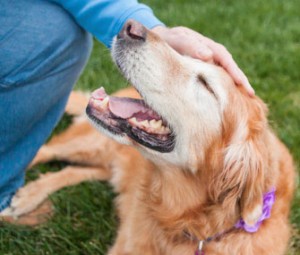 The truth is many dogs become upset when their owners leave the house. but most dogs understand that it is only a matter of time before their owner returns. Dogs with separation anxiety often fear that their owner is never coming back, so they become stressed and may even attempt to escape the house. If your dog is suffering from separation anxiety, do not ignore the signs ¾ seek
The truth is many dogs become upset when their owners leave the house. but most dogs understand that it is only a matter of time before their owner returns. Dogs with separation anxiety often fear that their owner is never coming back, so they become stressed and may even attempt to escape the house. If your dog is suffering from separation anxiety, do not ignore the signs ¾ seek

